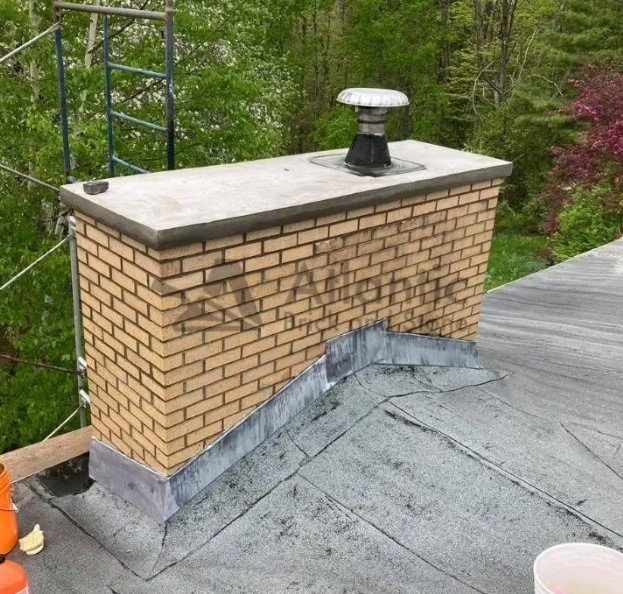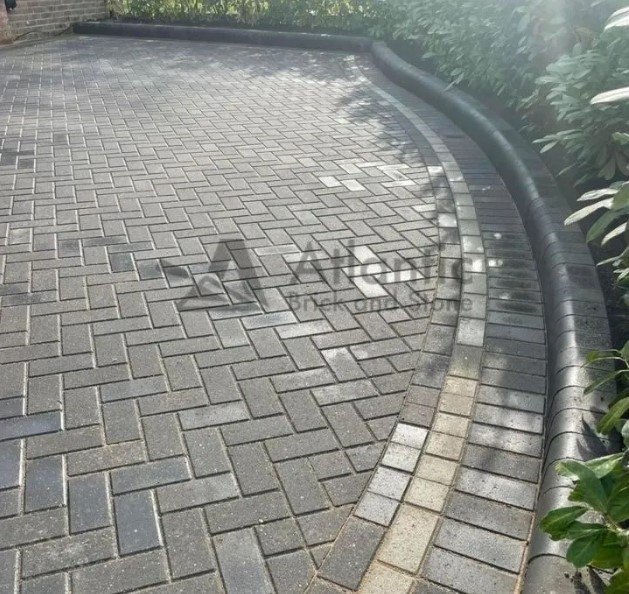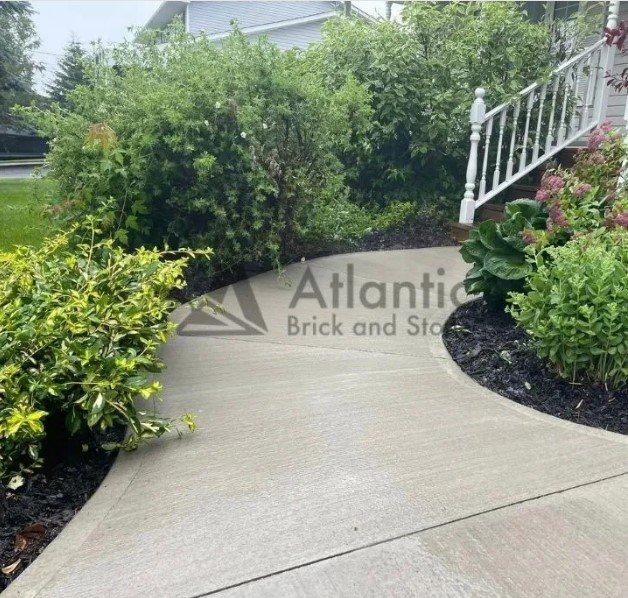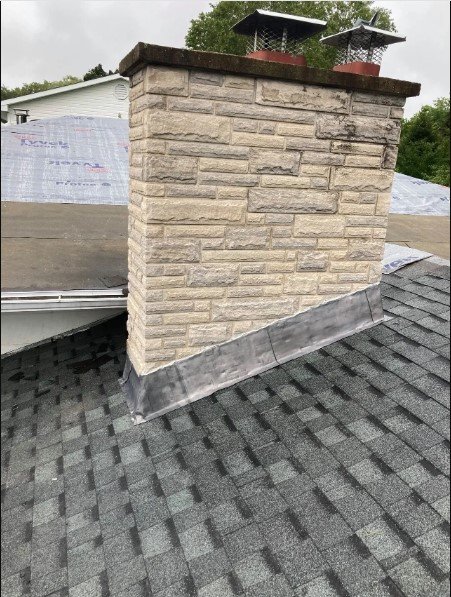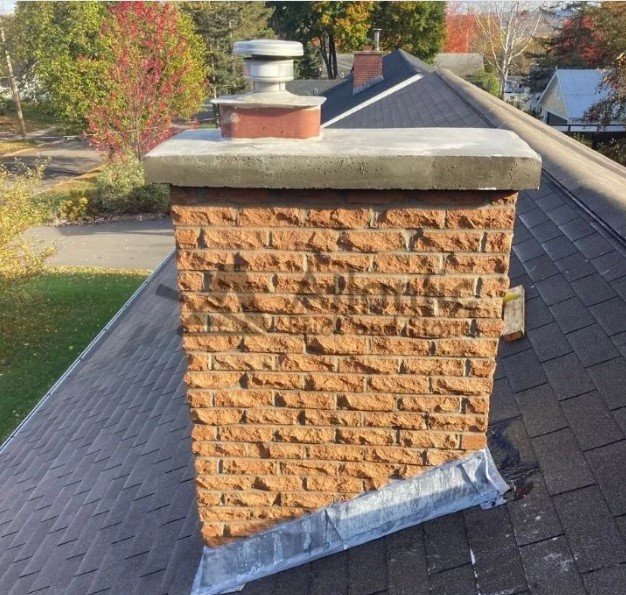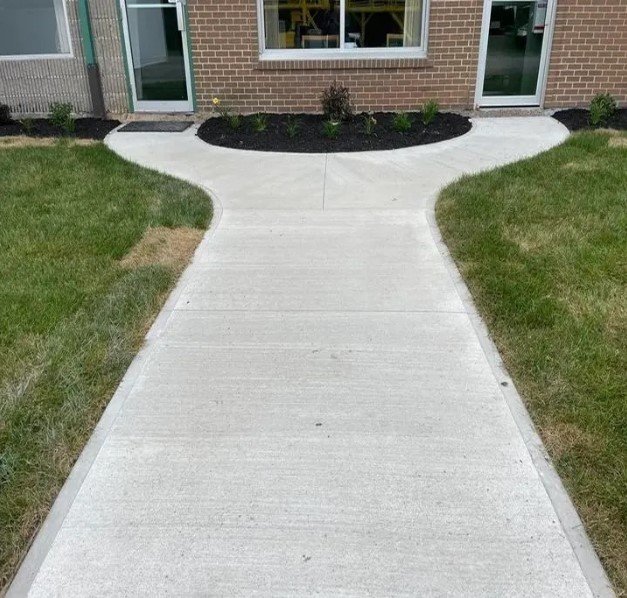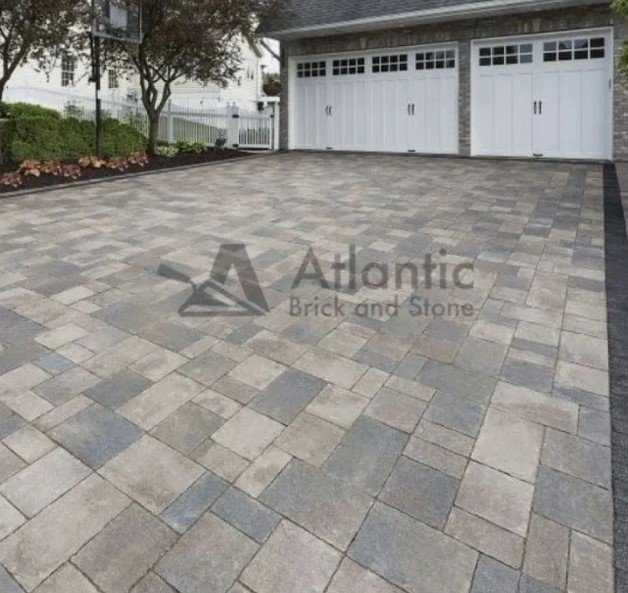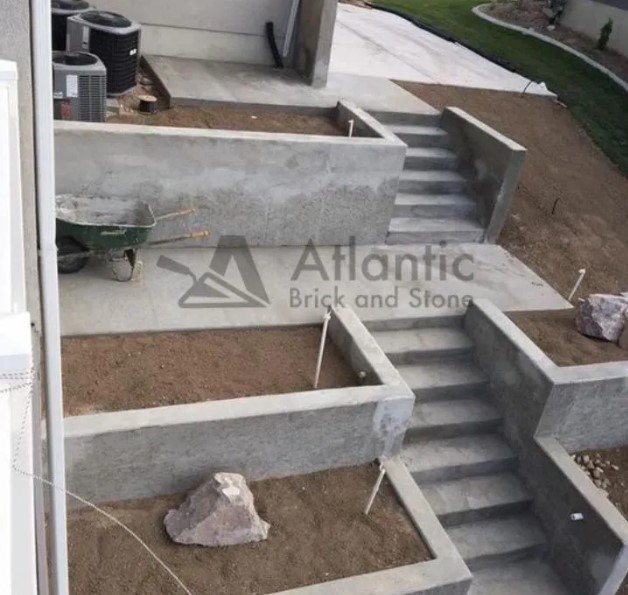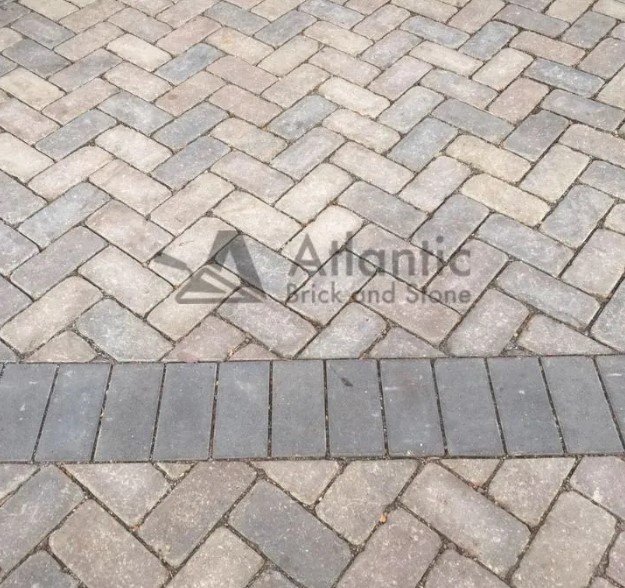Signs Your Chimney Needs Repointing Immediately
Signs Your Chimney Needs Repointing Immediately Your chimney plays an important supporting role in your home, but it requires regular maintenance to remain safe and functional over the years. As the structural element that carries exhaust gases safely away, a chimney’s integrity is paramount. However, constant exposure to weather, seasonal temperature fluctuations, and airborne debris inevitably degrade the mortar binding the masonry over time. This is why periodic chimney inspections to check for any signs repair may be needed. This article will explain how to spot when repointing is required to refresh your chimney again. We will also explore the repercussions of neglecting remedial work and best practices to maximize your chimney’s service life. Chimney Repointing Explained Repointing is the process of removing old, damaged mortar from between the bricks of a chimney and replacing it with new mortar. Mortar is the key element that binds the individual bricks together and protects the inner structure of the chimney from water damage, wind, and weathering over time. Just as the grout between tiles in your home needs periodic replacement, so too does the mortar in a chimney as it continues to break down with age and exposure to the elements. Repointing restores the protective barrier and strengthens the overall integrity of the chimney. The mortar acts as a binder and sealant. As it weathers over decades, the chemicals that provided adhesive strength and water resistance gradually degrade. Moisture is then able to penetrate tiny cracks or voids in the failing mortar. Repeated exposure causes further erosion that can eventually loosen entire bricks. Repointing re-establishes the intact bond line and weather-resistant properties of fresh mortar to shield the chimney structure once more. Repointing Process Chimney repointing is a multi-step process that requires careful tools and techniques. A masonry professional will first perform a thorough visual inspection, examining each face of the chimney from roof to foundation. They are trained to detect subtle signs of deterioration not obvious to the untrained eye. Using a hammer, they may gently tap various areas and listen for a hollow sound indicating voids behind the mortar joints. After determining which joints need work, the chimney is prepared through cleaning. Brick faces are thoroughly swept while areas of loose brickwork are repaired. Specific masonry tools are then used strategically to excavate failed mortar. Removal must be complete down to the base of the joint, yet avoid denting or damaging surrounding bricks which would compromise the new work. Time & Chimney Conditions Though every chimney is unique, most will require repointing somewhere between 20-50 years after original construction or the last repointing. However, environmental conditions like harsh weathering can significantly hasten mortar deterioration. Proximity to the ocean subjects chimneys to saltwater exposure that is exceedingly corrosive. Additionally, new construction nearby may unintentionally direct more water runoff towards vulnerable areas during rainstorms if drainage is inadequate. Thermal shocking from frequent lighting of a fireplace also contributes incremental stress that weakens mortar over decades of use. An otherwise well-built chimney located in a very hot and humid climate will likely need repointing more often than a similar chimney in a dry, temperate zone with less moisture and less temperature fluctuations. These variable site factors must always be considered alongside a chimney’s age when determining its need for repointing. Signs Your Chimney Needs Repointing Brick Condition Loose or dislodged bricks indicate a serious degree of underlying mortar failure has already occurred. Not only does this allow water to penetrate deeper, but it also compromises structural integrity by disrupting load transfers between masonry units. As more bricks wiggle and pop free with gentle pressure, the risk of a dangerous collapse increases substantially if not promptly addressed with repointing. Even isolated loose bricks must be re-set and securely bonded during the process to restore continuous load-bearing capacity across the entire chimney wall thickness. Cracks and Holes Close visual examination often reveals hairline fractures radiating out from mortar joints where none were evident before. These “warning cracks” signal unseen voids or debonding taking place behind the scenes. Overshadowed brick areas especially need scrutiny since cracks tend to form here first in the absence of direct sun exposure. It’s also common to find old chimneys where repointing was done inconsistently, leaving thin vertical or horizontal cracks running between different eras of patchwork. These cracks facilitate water intrusion and air passage that drives further deterioration if not sealed completely during remedial work. Missing or Crumbling Mortar Beyond just surface dirt that washing can remove, failing mortar will actually flake or powder away with gentle scratching. Applying light pressure from a key or screwdriver tip against various joints may cause crumbly or loose mortar to dislodge completely. Its former place will be occupied by a recess exposing the raw edges of brick. Such extensive surficial disintegration renders the mortar’s moisture-resistant properties null while allowing water to track deeply into the wall assembly. Consequences of Neglecting Chimney Repointing Without an intact mortar barrier, cracks will expand and new ones may emerge as water penetration causes bricks to loosen and weaken. Further deterioration can compromise the chimney frame. Cracks allow embers and creosote or lint buildup to penetrate behind bricks, making the structure more combustible. Loose bricks may also obstruct the flue, increasing fire risk within both the chimney and home. Mortar failure can obstruct ventilation and cause hazardous gases like carbon monoxide to re-enter the home rather than exiting safely through the chimney. The longer repointing is postponed, the more extensive the deterioration will become. Advanced structural issues may require expensive repairs in addition to repointing the entire chimney. Preventative repointing saves significant costs. Why Professional Assessment is a Must Only a trained mason can thoroughly inspect for all signs of hidden mortar failure such as loose bricks detected through steady tapping. They know exactly how to properly repoint, including matching any Flemish or English joint profiles appropriate for the architectural period. Professionals also understand the individual characteristics of various brick types common to different eras of construction.

